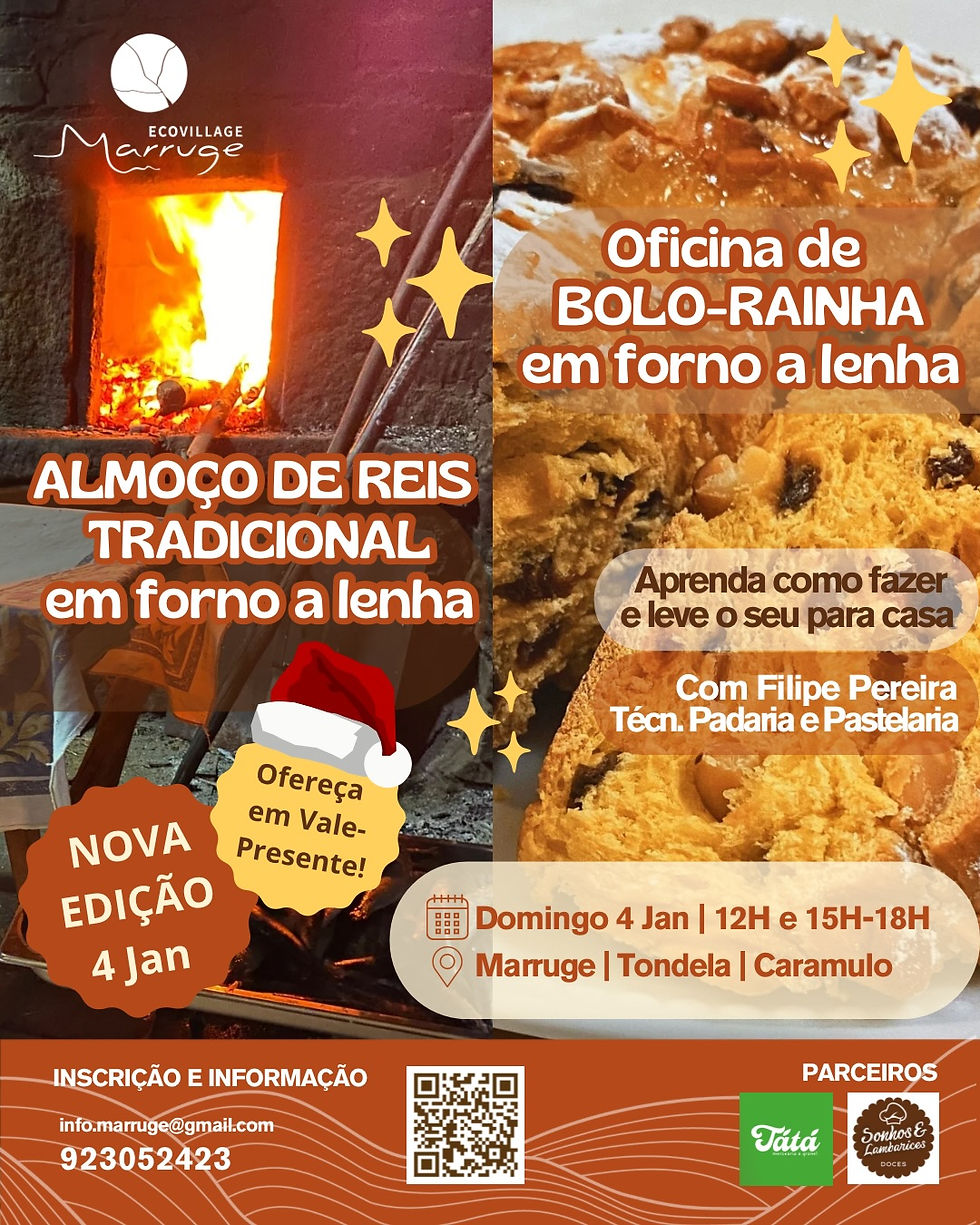
WELCOME TO MARRUGE
The village of Marruge is a true hidden treasure in the Caramulo mountains, in the municipality of Tondela. Inhabited by seven wise men who continue to live according to the rhythm of the land and the seasons, this place invites you to tranquility, where nature and the sound of streams blend with birdsong, inviting visitors to immerse themselves in the silence and simplicity they inspire.
Marruge boasts a unique cultural, ecological, and architectural heritage in the region, with its traditions, schist houses, granaries, traditional ovens, threshing floors, wheel mills, waterfalls, springs, centuries-old chestnut trees, and rare biodiversity that is vital to document and preserve for future generations.
OUR HERITAGE

OUR PEOPLE
In Marruge, each person is a guardian of a heritage. They are farmers, shepherds, and families who, generation after generation, have shaped the landscape and kept the village traditions alive. Corn and seasonal vegetables are cultivated; goats are taken out to graze at dawn; bread continues to be baked in wood-fired ovens; bees are cared for; dry stone walls and irrigation channels are preserved; the forest is watched over, and harvests and Saint Frutuoso Day are celebrated.
More than just inhabitants, the people of Marruge represent a simple and supportive way of life, where every gesture is born of respect for natural resources and the community. It is this shared wisdom, also made up of many stories, that we wish to preserve and pass on to those who visit us.
OUR NATURE
Marruge is considered a veritable botanical garden in the Serra do Caramulo. Here, you can find several species of flora and fauna classified as rare or very rare in Portugal. When visiting Marruge, you can hug centuries-old chestnut trees, listen to frogs and crickets, observe the Lusitanian salamander, whistle with the blackbird, visit waterfalls, discover nature trails, and enjoy a picnic under a laurel tree with your feet in the crystal-clear waters of the Marruge Stream.
The terraced agricultural landscape, supported by dry stone walls, reflects a vernacular wisdom that balances cultural identity and sustainability, playing an essential role in water management, erosion protection, and biodiversity promotion.
Marruge is a living example of the balance between nature and culture.
OUR PROJECT
The sustainable revitalization of the village of Marruge is based on three main pillars:
-
Establishment of a Young Farmer in regenerative agriculture – with emphasis on the production of gourmet citrus fruits, aromatic herbs, truffles and the production of goat's milk and cheese in bio-pastures.
-
Attracting new residents and developing water-related wellness ecotourism , which includes the sustainable rehabilitation of schist houses, using bioclimatic, fire-resilient architecture, using local materials and valuing the work of local artisans.
-
Forest regeneration of the surrounding landscape – aimed at fire protection, enhancing local ecosystems and promoting biodiversity.
We want to offer regenerative wellness ecotourism, focused on authentic experiences: interaction with the local community, contact with water and nature, healthy eating, sports, and culture.
The project will feature several country houses, a rural hotel, a pop-up restaurant, a village shop, a co-working space, a bike hotel, a natural spa, and areas for business and cultural events, strengthening the ecosystem of training, entrepreneurship, and innovation within the village.
Marruge will be a digital, car-free village, where the sound of water is omnipresent and creates a unique atmosphere of serenity. We are committed to energy self-sufficiency through the creation of a renewable energy community, and food self-sufficiency, supported by regenerative agricultural practices.
With a strong ecosystem of business and academic partnerships, Marruge Ecovillage aims to establish itself as a living laboratory of sustainable, open, and replicable development for the regeneration of rural Portugal.



PARTNERSHIPS

PURA Arquitectos


UNIÃO DAS FREGUESIAS DE BARREIRO DE BESTEIROS E TORUIGO


Casa do Povo de Barreiro de Besteiros












